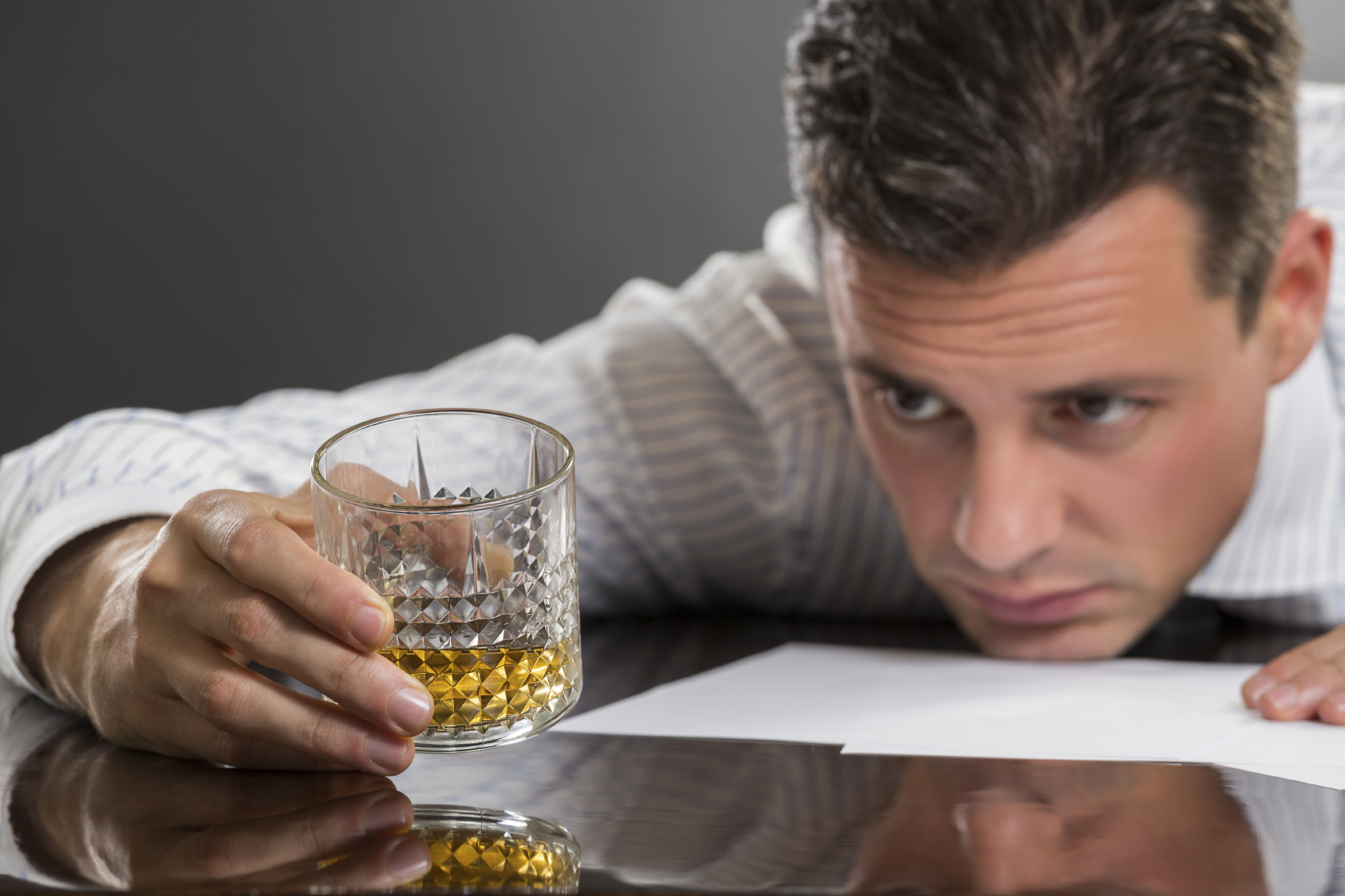
What Happens In The Drunk Brain
A most remarkable aspect of the human brain – and the aspect which sets us apart from other creatures – is the frontal cortex. This part of the brain allows us to take any stored information, and weave it together with newer, incoming, information. The result of this ability to construct reality from integrated information is that we can form the concept of past, present, and future outcomes. We can use this power of assessment to form motives and direct our behavior as a means to achieve such motives.
While under the intoxication of alcohol, the brain undergoes changes. Alcohol has the ability to penetrate the blood-brain barrier, meaning that it can have a direct effect on neuron function. The nerves in the brain slow down their ability to fire, which contributes to impaired thought, speech, and movement. The part of the brain which regulates our inhibitions is also impaired, leading us to behave in ways that our conscious mind would filter or prohibit. A lack of inhibition is associated with impulsive and irrational emotions, thoughts, and behaviors.
Types of Drunken Personas
While each person is very unique, there are certain archetypes which describe a person who is under the influence of alcohol. These types of personalities emerge as a result of the lack of inhibitions which are due to brain function impairment. It is likely the case that one of these personas applies to you. Take some time to consider which of the categories you most identify with.
The Happy Drunk
This drunken persona loves everyone. Near the end of the night, he or she can be observed as hugging on strangers and offering to buy everyone a drink. This persona can be very witty and funny, and is often the life of the party. If – before passing out at end of the night – you find yourself telling friends just how much you love them, you are likely this type.
The Angry Drunk
This type of drunken persona might start out cool, but the vibe will seem to change out of nowhere. What starts out as jovial conversation may evolve into contemplative silence, and then erupt into defensive comments and offensive accusations. If friends at the party are often surrounding you by the end of the night – encouraging you to calm down, go home, and sleep it off – you are likely this type.
The Sad Drunk
As with the other personas, this type tends to start out having a good time while drinking. He or she may initially figure that alcohol is needed to relax and take an edge off, but continuing to drink is like hacking away at the bricks in a dam. Eventually, the dam breaks, and sorrow comes rushing out. This persona may begin to manifest through making slight, depressing, observations about life, but ends the night with inconsolable sobbing over pains and regrets.
The Myth of Drunken Honesty
As with most myths, there is a hint of truth which drives the myth that a drunk person is a more honest person. While it is true that underlying cognitions and emotions may rise to the surface when not being filtered by the prefrontal cortex of the brain, these manifestations are a very primitive form of the expressions.
To judge a drunk person’s true intentions by the behavior exhibited while extremely intoxicated is like judging the intentions of a toddler in a tantrum as being murderous, or to judge the intentions of a biting dog to be purposefully causing injury. In neither of these scenarios would a rational person ascribe intent, since both the toddler and the dog are lacking the cognitive functioning necessary to form such motives. The reduction in cognitive functioning on behalf of a person severely impaired by a substance is comparable. The drunk person is not able to act with fully conscious motive.
At most, a person who is acting out while under the influence is expressing deeply buried aspects of personal beliefs, hurts, fears, or sentiments. It is the manner of expression, however, which bears no semblance to sober reality. If it were the case that a person would express himself or herself in such a way while operating in fullness of being, no alcohol would be necessary to manifest it. What you see in a drunk person is a misconstrued, miscalculated, and misguided interpretation of unprocessed information. Fragments of such a person’s true experience may be present, but they are not constructed in a way which result in genuine self expression.
The Resolution
Working from the premise that intoxication alludes to some deeper, core, issues which are affecting the drinker, and working from the premise that these fragments of truth are not able to be properly processed while intoxicated, the resolution for addressing the persona which is manifested during drunken states is to approach such core issues while sober.
Whichever persona it is that you find yourself to put on, spend some time comparing what it is that you express while drunk, but fail to express while sober. If you find yourself to be a Happy Drunk, what is it that holds you back from having such fun during your normal hours? If you express yourself as an Angry Drunk, what is it that irks you during sober times? For the Sad Drunk, what hurts are you suppressing in order to keep up your daily routine?
The fact of the matter is that there is something which draws a person toward the escapism of alcohol. Discovering what it is that you lack resolution for in your sober life – and then working toward incorporating healing for the area into your daily existence – can be the cure for the thirst. Once such issues are resolved on a conscious level, the desire to express them in the unproductive, disorganized, and temporal ways exhibited while intoxicated is reduced. Consider enlisting the assistance of trained professionals as a means of uncovering, and healing, such issues.









